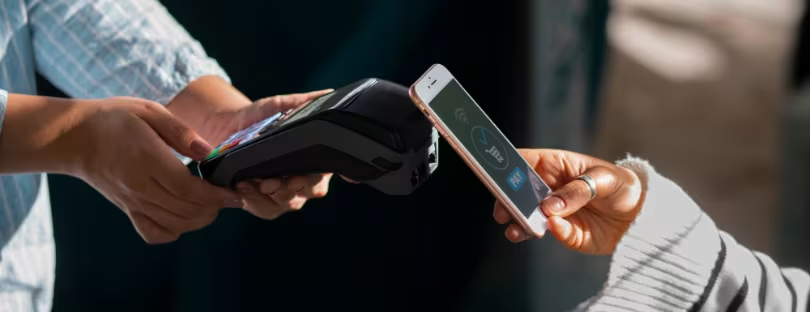
Danish office workers pay for lunch using their face
With the tagline ‘Hungry? Face it’, Nets, a leading provider of digital payment services across Europe, has launched a pilot programme testing face recognition payments. face recognition payments
Around 1,000 people – all working at Vibenshuset, an office community of 25 companies in Copenhagen – can sign up to participate in the pilot. By linking their face with their employee ID card, they can now pay for their lunch using their face at Kokkenes Køkken’s cafeteria.
Jesper Kildegaard Poulsen, Head of Creation Lab, Nets, comments: “We are used to bringing something with us each time we need to make a payment – cash, card or a device. But maybe it doesn’t have to be this way. What if you could pay by just showing up?”
“Today, we have the technology to use faces as identification and validation when making a payment. However, how people feel about having their faces scanned is still under question. This trial will help us to learn more about consumer attitudes to face recognition payments.”
Although facial-recognition authenticated payments still sound futuristic, the solution being trialed is easy for merchants to install, requiring just a tablet with a pre-installed webcam and app.
Kildegaard Poulsen adds: “Merchants offering self-service solutions would be the most obvious adopters of facial recognition technology. Imagine the solution at a burger bar where you are recognised at the self-service counter and asked: ‘Do you want the same meal as last time, Jesper?’ This is where we see the largest potential.”
The trial at Vibenshuset is not the first time that Nets has piloted technology to understand how people perceive and react to biometric authentication. In April 2018, Nets launched a finger vein payments pilot at Copenhagen Business School, through which more than 22,000 transactions have been completed so far. face recognition payments
Face recognition payment technology is still relatively new and not yet widely adopted, but there are several examples of companies and countries that have implemented this technology for payment purposes.
Here are a few face recognition payments examples:
- Alipay in China: Alipay, a mobile payment platform in China, has introduced facial recognition technology for payments. Users can authorize transactions by scanning their faces using their mobile devices.
- Amazon Go stores in the United States: Amazon Go stores use facial recognition technology to identify customers and track their purchases. Customers can enter the store by scanning a QR code on their mobile devices and then shop without having to go through a checkout process. Facial recognition cameras and sensors detect which products customers take and charge their Amazon accounts accordingly.
- Mastercard in the United States and Europe: Mastercard has been testing facial recognition technology for payments in several countries. In the United States, Mastercard has partnered with several banks to test the technology for authentication during online transactions. In Europe, Mastercard has launched a pilot program in which customers can use a selfie to confirm their identities when making online purchases.
- WeChat Pay and Alipay in Singapore: WeChat Pay and Alipay, two of the largest mobile payment platforms in China, have introduced facial recognition technology for payments in Singapore. Users can scan their faces using their mobile devices to make payments at participating merchants.
- FacePay in Russia: FacePay, a Russian start-up, has developed a facial recognition payment system that allows users to pay for goods and services by scanning their faces at participating merchants.
Overall, facial recognition technology for payments is still in its early stages, but these examples show that it is gaining traction in certain regions and markets.









